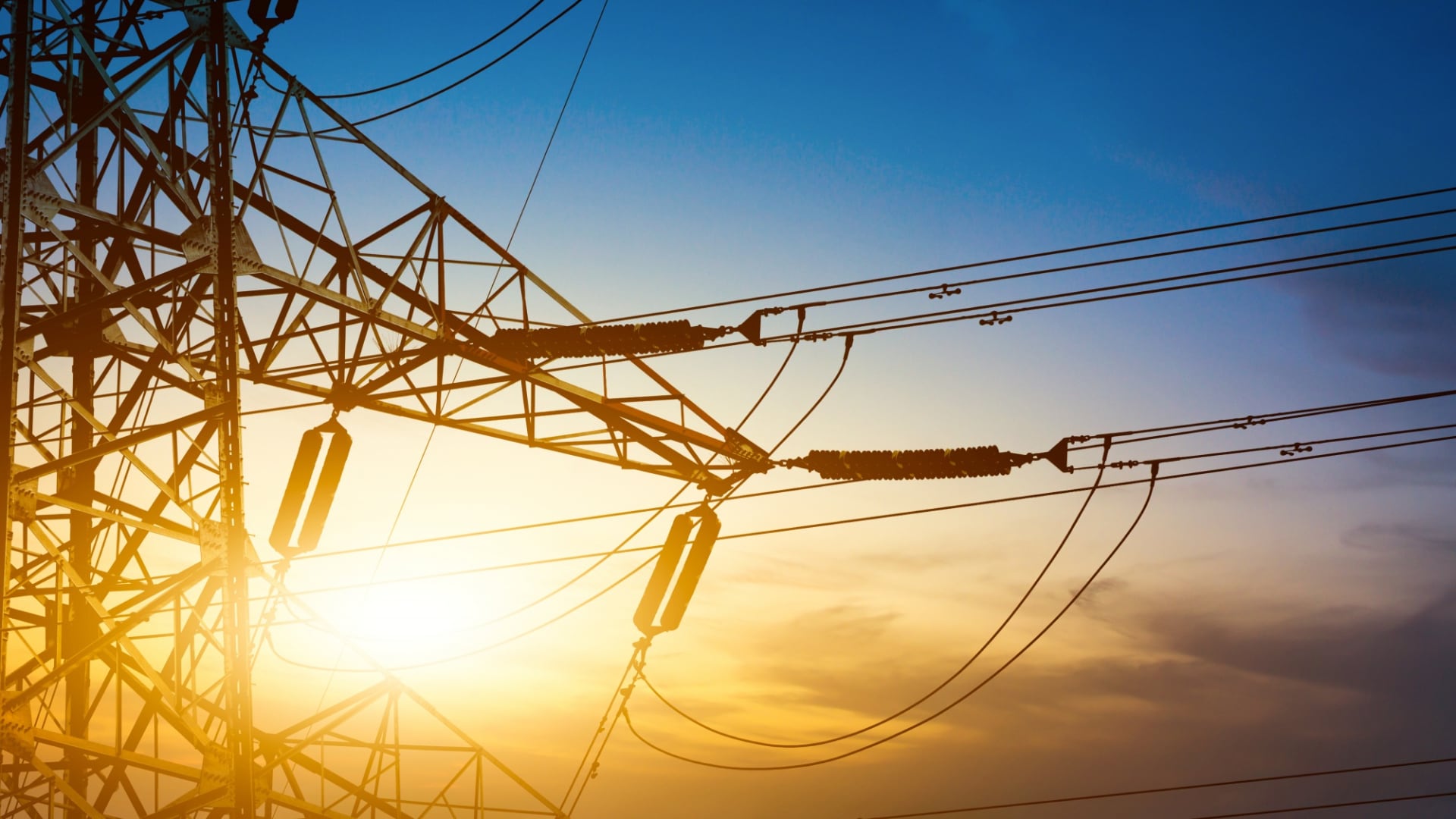
The origin of electricity
The energy sector is one of the most important of modern civilization. Energy is essential for the functioning of our society. Energy is a fundamental requirement for life. All living organisms – whether human, animal, viral, or bacterial – operate on energy, which each species acquires in its own way. Plants use photosynthesis, while animals obtain energy by consuming plants or other animals.
However, humanity now constitutes a separate category, as our development and use of tools have reached a level where we require additional external energy beyond our biological needs to operate the civilization we have built. This development has made humanity the dominant species on Earth – but it also poses one of the greatest threats to us.
The production, storage, and use of energy can lead to various problems, such as:
- Environmental pollution
- Global warming
- Exhaustion of fossil energy resources
Like any problem, these can be solved – and the solution lies in energy production.
The more tools, comfort, and freedom species acquire, the more energy they consume, so they have to produce more energy. However, higher energy production often leads to greater pollution and even depletion of resources.
To avoid these problems, it is necessary to increase the efficiency of energy production, abandon polluting energy sources, and use energy more responsibly.
How is energy production carried out nowadays?
- with hydroelectric power plants
- with nuclear power plants
- with wind turbines
- with solar power plants
- with thermal power plants
In addition, many other fossil and renewable energy sources are utilized for energy production. Therefore, there are many forms of energy production, but almost all serve the same purpose: generating electricity.

How to generate electricity?
Electricity is one of the most important and widely used forms of energy for humanity. It powers our electronic devices, communication tools, and a wide range of work equipment.
In the near future, electricity may become even more critical as non-renewable energy sources become less prevalent. Almost all of our devices will become electric, from cars and planes to heating systems. For this to happen, electricity production must become more efficient, and storage and transportation must become more simplified.
Solar power plants
Solar panels and solar cells are capable of producing electrical energy. One of their biggest advantages is that they can be used not only in industry but also at the residential level, as they can be installed on roofs or the ground.
There are two basic methods of collecting solar energy: using solar panels or using photovoltaic cells. The former works on the same principle as the energy production methods described above: converting solar radiation into heat energy, and then transferring it to another heat-carrying medium. The latter, in contrast, immediately converts solar radiation into electrical energy.
There is, however, a third, lesser-known method, known as the thermochemical method, which uses carbon nanotubes to generate electrical energy. This method is still very new and has not yet become widespread.
Hydroelectric power plants
Hydroelectric power plants use the kinetic energy of our natural water sources to produce energy. The water from reservoirs is led to a water turbine, which drives the turbine rotor and sets it in motion. The energy is then converted into electrical energy by a generator.
Similarly, thermal power plants operate, but instead of using the kinetic energy of water, they use steam generated by heating water.
Thermal power plants
Thermal power plants are powered by fossil fuels (such as coal or natural gas). Burning coal releases heat, which helps to heat a boiler containing water specifically designed for this purpose.
Heating the water creates steam, which can drive turbines in thermal power plants. The energy produced is also converted into electrical energy by a generator, as in hydroelectric power plants.
Nuclear energy
The operation of a nuclear power plant is very similar to the energy production method described earlier.
However, an important difference is that instead of burning coal or natural gas to extract heat energy, nuclear power plants induce nuclear fission. Enormous heat is generated during fission, which can turn water into steam, and then the steam is converted into electrical energy by generators.
Wind energy
Wind turbines are most comparable to hydroelectric power plants, with the difference being that the turbines are driven not by water, but by wind. A huge advantage of wind turbines compared to hydroelectric power plants is that they can be set up almost anywhere, but for efficiency, they are designed to be installed in areas with constant air movement.
Conclusion: the increasing demand regarding the use of electricity
One of the main forms of energy production is the generation of electricity. Electrical energy has become so important that it has become the cornerstone of our civilization. Without it, life on Earth would be unthinkable.
Currently, wind turbines provide the most renewable energy, but this is likely to change rapidly in the coming years, as the use of solar energy is expanding rapidly. Its role is only growing, as the decreasing amount of fossil energy resources means that more and more of our devices will rely on electricity.
Learn more about energy usage on MET fYOUture!
